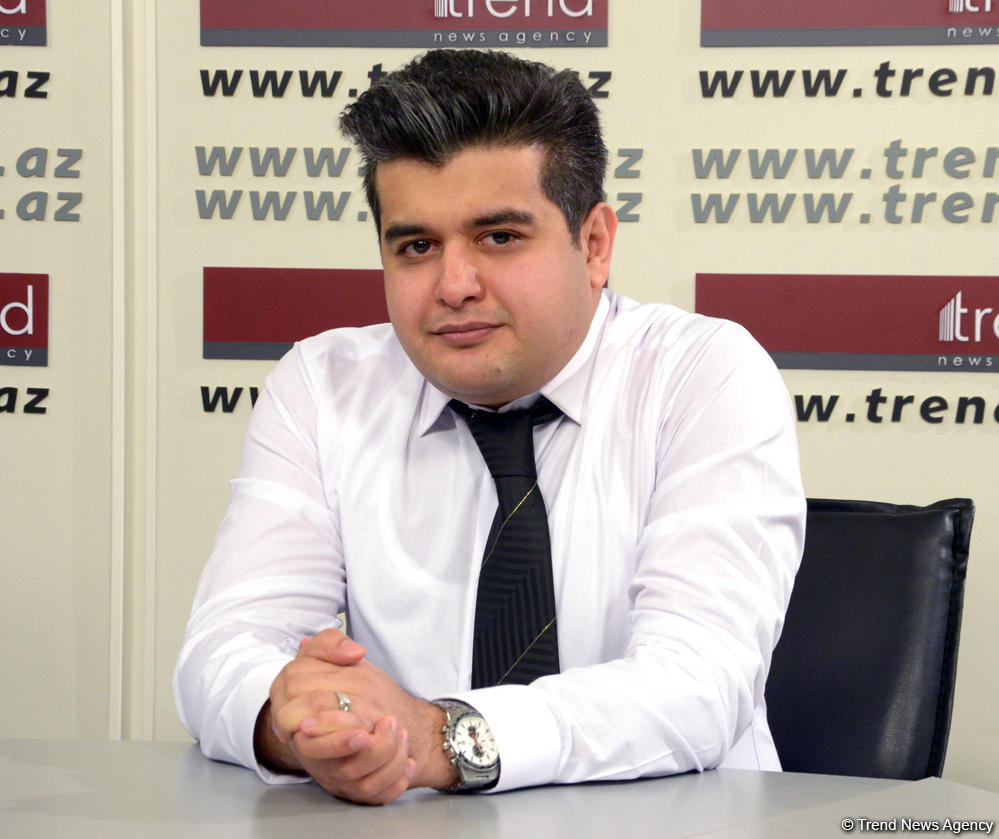Baku, Azerbaijan, June 1
By Farhad Daneshvar – Trend:
Although Iran’s raging inflation rate followed a steady decline over the past year, some officials and economic experts suggest that the figure is very likely to hit double digits in the coming months.
Inflation rate in Iran for the first time over the past 26 years eased into single digits bottoming out at 8.6 percent last June, though data by the country’s Central Bank for the Iranian month ending May 21 show that the figure reached 9.84 percent.
Considering President Hassan Rouhani’s vow to boost manufacturing and create jobs over the current fiscal year (started March 20), it is not beyond the bounds of possibility that a similar situation could arise again.
The government, however, seems determined to rule out the possibility of rebounding of inflation to the double digits territory in long-term. This is achievable, but it relies heavily on the government’s macroeconomic policies, its plans to regulate the Central Bank money, structural reforms, and policies on the velocity of money, which has been slowed down by recession.
Many suggest that the government’s triumph in reducing the inflation rate over the past year is an outcome of the contractionary fiscal policies rather than economic structural reforms.
President Rouhani’s administration adopted contractionary fiscal policies to fight inflationary pressures, which apparently led to a reduction in production and consumption, slipping the country into deep recession.
Despite the lower inflation rate compared to Rouhani’s preceding term, the figure for many goods such as food products is still too high.
According to the Central Bank, the consumer price index (CPI) in Iran’s urban areas stood at 266.1 units in the second month of the current fiscal year, up by 0.2 percent compared to the preceding month.
On the other hand, the accumulated budget deficit of the government and the growing liquidity are pushing up the inflation in the oil producing country.
Rouhani’s ultimate success appears to depend on deep structural reforms to secure macroeconomic stability and powering economic growth.






